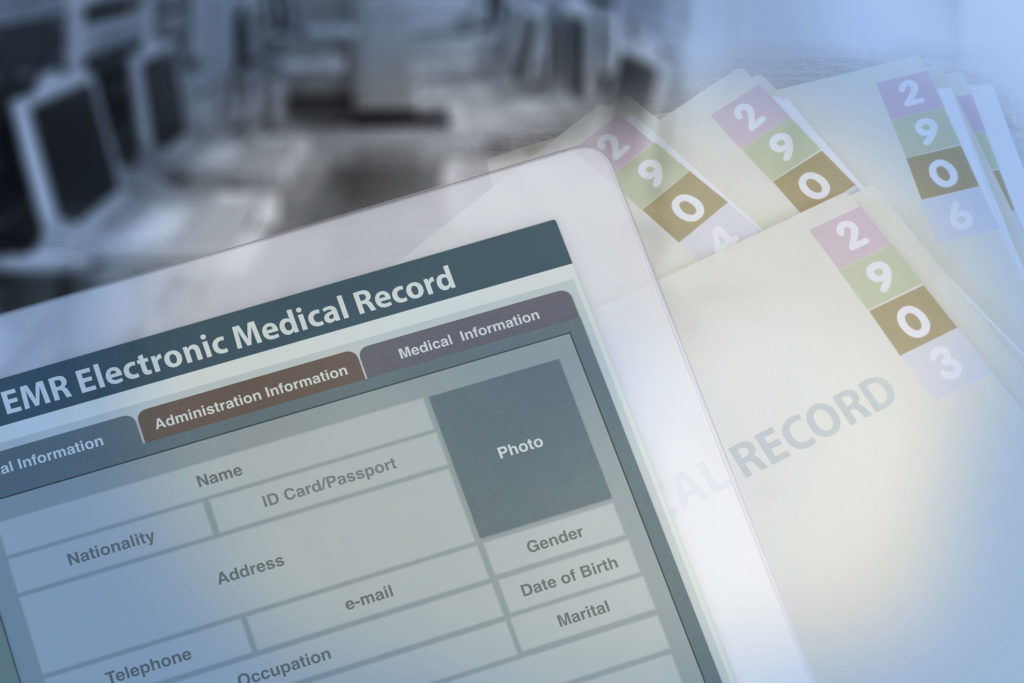July 17, 2019

As if inputting data into your EHR wasn’t enough, you must also keep up with the patient information delivered to you via your EHR inbox messaging system.
Recommendations for better managing that messaging system, based on a recent study, have been released, according to reporting by Kaylee Dusang of the Baylor College of Medicine.
Researchers used two sources of data, evaluation of findings from a Department of Veterans Affairs survey of primary care practitioners about recommendations to improve EHR inboxes, and interviews with physicians from five different health systems including Baylor and its affiliate, Michael E. DeBakey VA Medical Center.
“We asked what strategies they used in order to best manage this influx of information, including use of specific EHR features, workflow features, organizational support, or even delegating some of the responsibility of managing this to their staff,” Dr. Daniel Murphy, assistant professor at Baylor and the Houston VA Center for Innovations in Quality, Effectiveness and Safety (IQuESt) and the lead author of the study, told Dusang. “We looked at what types of things they were doing to keep up with EHR, which allowed us to identify strategies that we can disseminate to others who are having similar problems.”
Other Articles to Explore
Based on analysis of interviews and survey responses, the researchers outlined five main areas for changes that could improve inbox management:
Inbox messages should be relevant to patient care and the clinician. While most EHR messages are essential, many are unrelated to patient health and the physician. The findings show that physicians want fewer “for-your-information” messages and ones that contain duplicate information, which would lead to less overall messages.
Inboxes should reduce risk of losing messages. In some EHR inboxes, messages can inadvertently disappear on their own and without a way to easily retrieve them. This can risk loss of important information.
Inboxes should have an easier way to process messages. Accessing certain information in the EHR inbox is not always simple. Murphy explains that physicians have to go through multiple steps to view information in one message and that it can be difficult to sort, prioritize and take action on them in the inbox. Better inbox design could help.
Providing additional help to check inbox notifications. Murphy explains that not everything that is sent to the inbox needs to go to the physician. Staff could help filter out messages that do not require the expertise of clinicians.
Sufficient time for clinicians to process EHR inbox notifications. There should be sufficient blocks of time during the day that physicians can review their messages without having to check them at home. Murphy said it can take over an hour a day just to manage inbox messages, and few organizations provided this amount of time.

























